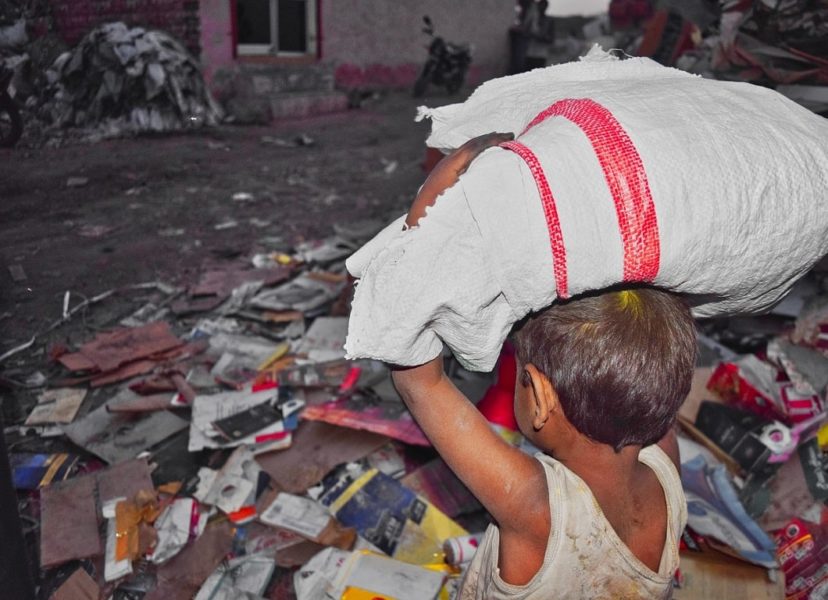What Is The True Cost of Providing Aid To Developing Nations
- Ingrid Jones
- Breaking News
- Trending
- December 17, 2022

What are they giving up for aid?
International aid is a vital source of assistance for developing nations. However, critics claim that the cost of providing such aid is far higher than the cost of delivering it. In other words, sending international aid can be costly when compared to the benefits it generates.
International aid is often structural, which means it helps developing countries build institutions and economies but must use the raw materials or services of the country providing the aid. For example, when wealthy countries donate money to build schools in developing nations, they’re helping to construct a system of government that favours their best interest. These projects are beneficial in and of themselves; sending money enables a country temporarily bandaids its problems resulting in lifelong dependency.
Another example is when the U.S gives aid to developing nations, it can be on the contingent certain American corporations get to build, mine or distribute natural resources. One of the most popular transactional parts of aid is allowing the American military to erect permanent bases in the recipient country. As a result, America’s military might is strategically positioned in every part of the globe and within a strike of any country in the event of a war.
However, because international aid is handled through organizations like the United Nations, many of the decisions involved in providing it are political. For example, before a project can begin, many countries must agree the plan is ethical and will benefit the region in question. This may seem like an honest way to help a country- but it may cost them some things they want or need. For example, if the plan calls for constructing schools in underprivileged areas, some schools may have fewer supplies than others. Or if a school is close to an aristocratic area where supplies are more plentiful, that may be an unfair advantage for students from that area.
Because of this, most developing nations agree to sacrifice certain things to receive international aid. This allows countries with more resources to shoulder extra burdens while allowing recipients to sustain some semblance of their everyday life. However, this approach has its drawbacks- as some scholars point out, not receiving any aid means countries will eventually descend into complete economic ruin. That being said…
Many believe that sustained development requires sustained international cooperation and aid. The global economy supports international aid, but the recipient country’s economy may not benefit from it in the long run. For example, how will that nation recover if a global aid agency stops assisting a developing nation one day? They won’t- because they can’t sustain themselves without support from other countries and international organizations like the U.N.
Aid is vital to helping developing nations overcome obstacles and sustain development efforts. However, critics claim that sending such aid is costly compared to its benefits. The best way to help developing nations is to sacrifice nothing and provide constant support without expectations or constraints.








